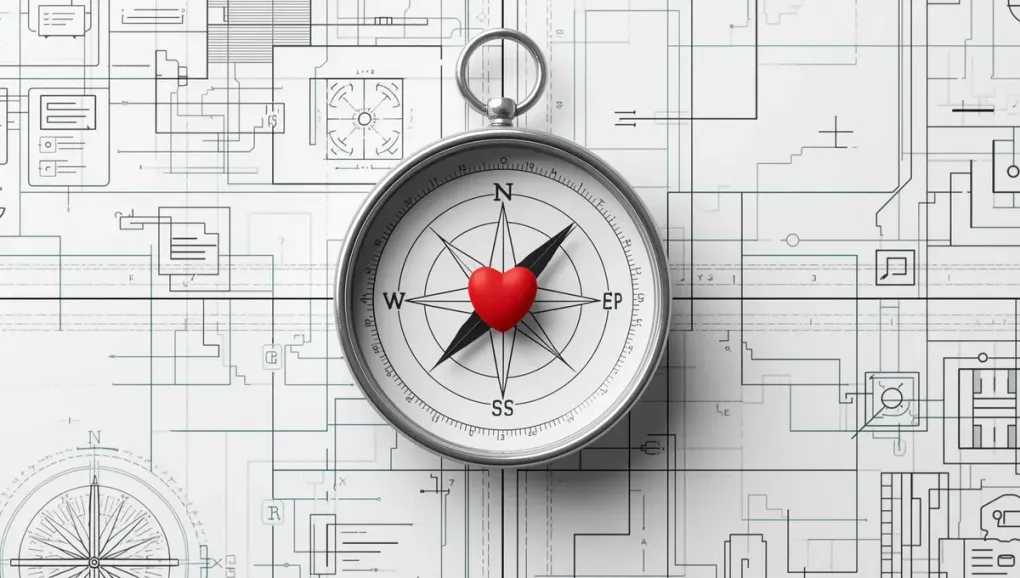
Beyond Aesthetics: The Rise of Ethical Design
The Tyranny of the Pretty Picture
In the world of digital products, we’ve been living under a kind of tyranny: the tyranny of the pretty picture. For too long, the value of design has been judged primarily on its aesthetics. We’ve been conditioned to believe that good design is simply about creating beautiful, visually appealing interfaces.
But this is a dangerously narrow view of design. It reduces a complex, problem-solving discipline to a mere matter of decoration. And it ignores the profound impact that design choices can have on individuals and society as a whole.
Fortunately, a new movement is gaining momentum, one that seeks to move beyond aesthetics and embrace a more ethical and responsible approach to design.
The Dark Side of Design: Dark Patterns and Algorithmic Bias
The need for ethical design becomes glaringly obvious when we consider its opposite: deceptive and manipulative design. “Dark patterns,” as we’ve discussed in a previous post, are a prime example of this. These are design choices that are intentionally crafted to trick users into taking actions they wouldn’t otherwise choose, such as signing up for recurring subscriptions or giving away their personal data.
But the ethical challenges in design go beyond just dark patterns. We also need to contend with the issue of algorithmic bias. The algorithms that curate our social media feeds, recommend products, and even make decisions about who gets a loan or a job are not neutral. They are designed by humans, and they can reflect and amplify the biases of their creators.
This can have serious real-world consequences, from perpetuating harmful stereotypes to discriminating against certain groups of people. As designers, we have a responsibility to be aware of these biases and to design systems that are fair, just, and equitable.
The Pillars of Ethical Design
So, what does it mean to practice ethical design? It’s not about a rigid set of rules, but rather a commitment to a set of core principles:
-
Accessibility: Designing products and services that can be used by everyone, regardless of their abilities. This includes people with disabilities, as well as those with limited digital literacy or access to technology.
-
Inclusivity: Creating designs that are welcoming and respectful of all people, regardless of their race, gender, religion, sexual orientation, or any other aspect of their identity.
-
Privacy and Transparency: Being open and honest with users about how their data is being collected and used. It’s about giving users meaningful control over their personal information and respecting their right to privacy.
-
Sustainability: Considering the environmental impact of our designs, from the energy consumption of our digital products to the materials used in our physical ones.
The Business Case for Ethical Design
Some might argue that ethical design is a luxury that most businesses can’t afford. But the truth is, ethical design is not just good for users; it’s good for business.
In an increasingly crowded and competitive marketplace, trust is a valuable commodity. Companies that are seen as ethical and trustworthy are more likely to attract and retain loyal customers. Ethical design can also lead to more innovative and successful products, as it forces us to think more deeply about the needs and values of our users.
A Call to Action for Designers
As designers, we are the architects of the digital world. We have the power to shape the experiences of billions of people. With that power comes a great responsibility.
It’s time for us to move beyond the superficial and embrace a more ethical and responsible approach to our work. It’s time to ask ourselves not just “Is it beautiful?” but “Is it fair? Is it inclusive? Is it respectful? Is it good for the world?”
The future of design is not just about aesthetics; it’s about ethics. And it’s up to us to build that future.


